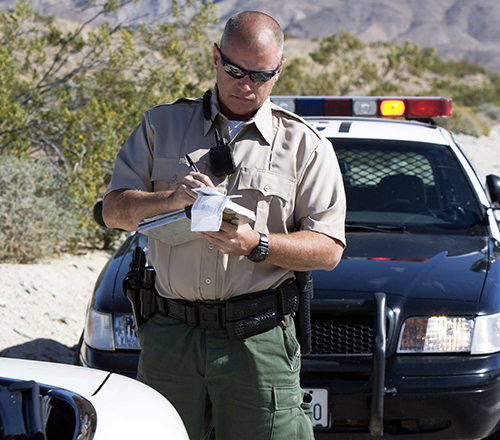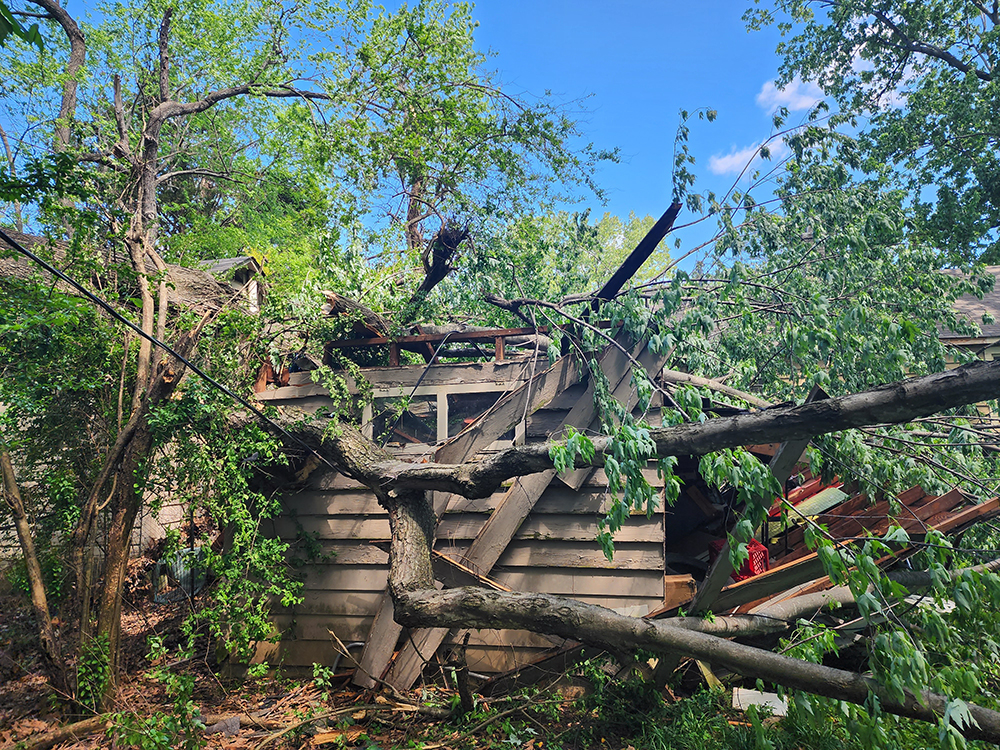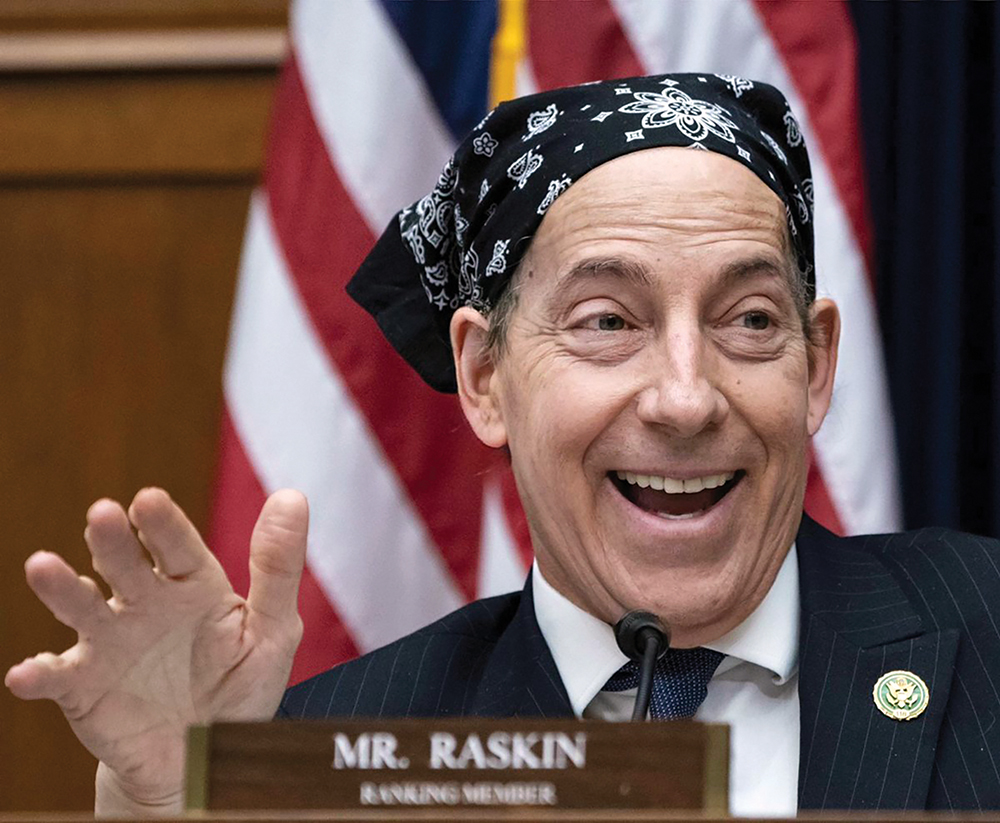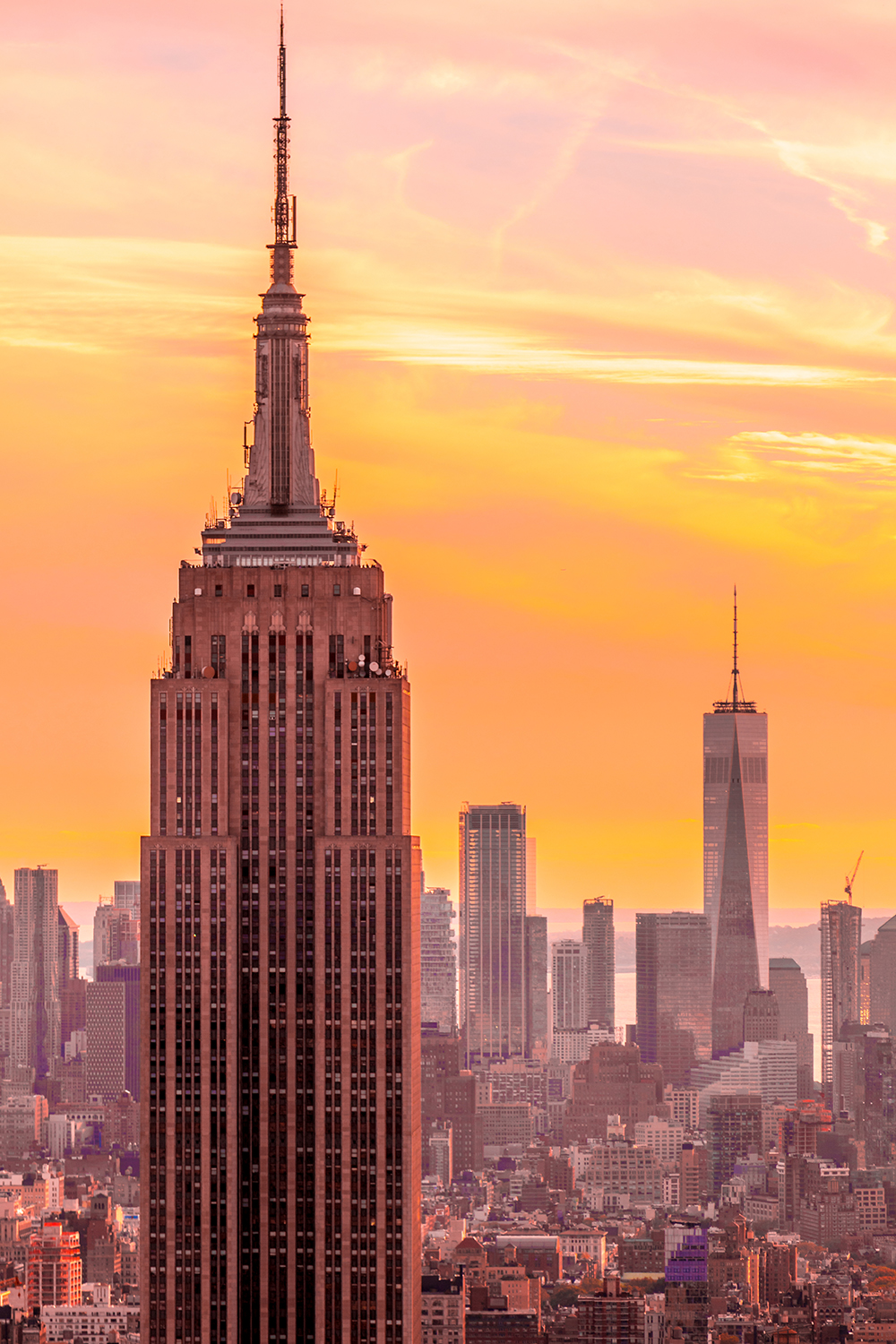I have been living by myself for the past week or so. My wife went to a legal convention in Minneapolis, and then went to visit our grandchildren in New York. In the old days, I would have said I’ve been “batching it,” meaning I’m living like a bachelor. But now, as I type it, I don’t understand why there’s a “t” in “batching.” Or is there? If I weren’t temporarily living alone, I’d ask my wife. She probably wouldn’t know, but she’d have an opinion, and that’s all you can really ask for in a relationship.
And now I’m reminded of the phrase, “confirmed bachelor,” which those of you of a certain age will remember. My favorite uncle was a confirmed bachelor. He lived for 30 years or so with his friend Richard, who was also a confirmed bachelor. That was some seriously confirmed batching it. My father always said he wished his brother would find a “nice gal” and settle down. I never knew if he was really that clueless or just trying to hide the truth from his children.
Anyway, I digress. But, to be honest, this column is beginning to look like a string of digressions in search of a point. I hope you’ll bear with me. I’m on my own here. Except for my dogs, who are both lying on the floor in my office. Their lack of ambition is appalling.
Sorry, another digression. My bad. I will find a point. I promise.
So, I read this week about the Sentinelese Tribe, who for 50,000 years have lived on one of the Andaman Islands in the Indian Ocean. They are the most isolated group of people in the world. They violently reject all visitors, firing arrows and slinging spears at any who dare approach their beaches. They killed the last person who tried to land, in 2018. It is thought that they are so violent against visitors because whenever an outsider has made contact in the past, the tribe was exposed to diseases that wiped out large segments of the population. After decades of various attempts at contacting them, the government of India has determined that no further attempts shall be made to communicate with the Sentinelese and that they should be left alone. Like me. So I can finish this column.
A friend recently sent me a video of a compelling commencement speech at Northwestern University by Illinois Governor JB Pritzker. It addressed the subject of kindness: “When we encounter someone who doesn’t look, live, love, or act like us,” he said, “our first thought is rooted in fear or judgment. It’s an evolutionary response. We survived as a species by being suspicious of things that we aren’t familiar with.”
The governor went on: “In order to be kind, we have to shut down that animal instinct, that fear, and force our brain to travel a different pathway. Empathy and compassion are evolved states of being that require the mental capacity to step past our basic instincts. … When someone’s path through this world is marked by acts of cruelty, they have failed the first test of an advanced society. They never forced their animal brain to evolve past its first instinct.”
I disagree somewhat with the governor on this latter point. Yes, there’s an instinctual cruelty that comes from fear — like that of the Sentinelese — but there is also rampant in our society — and our politics — an intentional cruelty that uses weak and disadvantaged people for personal gain, that weaponizes the fear in others, that mocks their disabilities, body shape, and speech, that demonizes skin color, religion, gender, and sexuality, not because of some primordial fear, but for selfish ambition.
Governor Pritzker ended his speech by saying that in his experience, “the smartest person in the room was often also the kindest.” In my experience, the reverse is also true. Dumbasses are often mean. Avoid them. Don’t vote for them.
So, all of this digression needs a finish. Maybe this quote from Kurt Vonnegut will work: “And how should we behave during this Apocalypse? We should be unusually kind to one another, certainly. … Jokes help. And get a dog, if you don’t already have one.” Or two. At least. You’ll never be alone. Or cruel.









